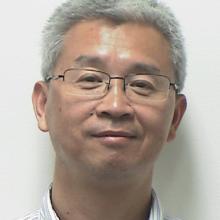materials-science
Organizations
There are no Mentorships associated with this topic. View All Mentorships.
Affinity Groups
There are no Affinity Groups associated with this topic. View All Affinity Groups.
Announcements
| Title | Date |
|---|---|
| Ookami Webinar | 02/14/24 |
| Open Call: Minisymposia for PASC24 | 10/05/23 |
Upcoming Events & Trainings
No events or trainings are currently scheduled.
Topics from Ask.CI
Knowledge Base Resources
There are no Resources associated with this topic. View All Resources.
People with Expertise
Andres Ortiz Almazo
Temple University
Programs
Campus Champions
Roles
research computing facilitator, ci systems engineer

Expertise

Expertise
Marcus Bond
Southeast Missouri State University
Programs
Great Plains, Campus Champions, CCMNet
Roles
researcher/educator, research computing facilitator, Affinity Group Leader, CCMNet

Expertise
People with Interest

Interests
Wirawan Purwanto
Old Dominion University
Programs
Campus Champions, Northeast, ACCESS CSSN
Roles
mentor, research computing facilitator, cssn

Interests
Justin Oelgoetz
Austin Peay State University
Programs
Campus Champions, CCMNet
Roles
mentor, researcher/educator, research computing facilitator, CCMNet
